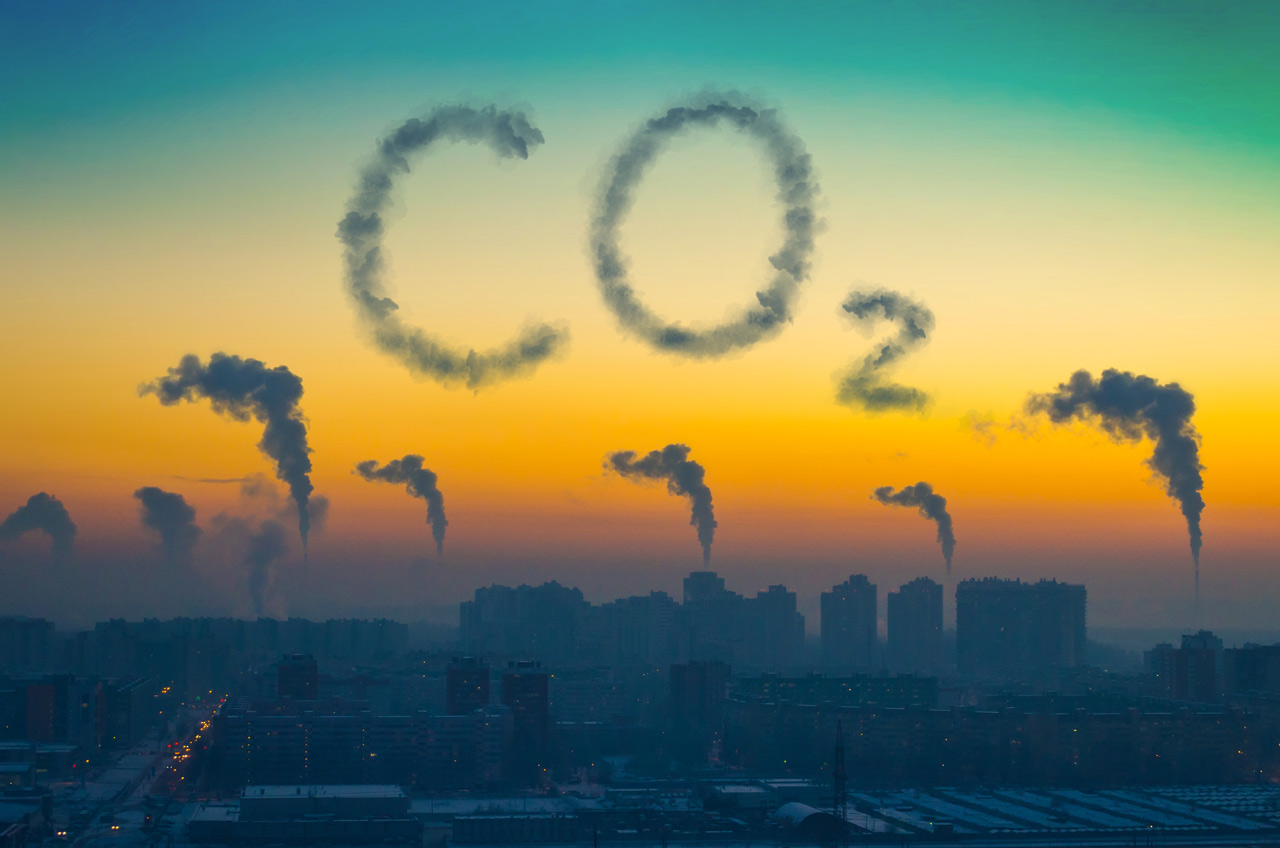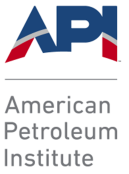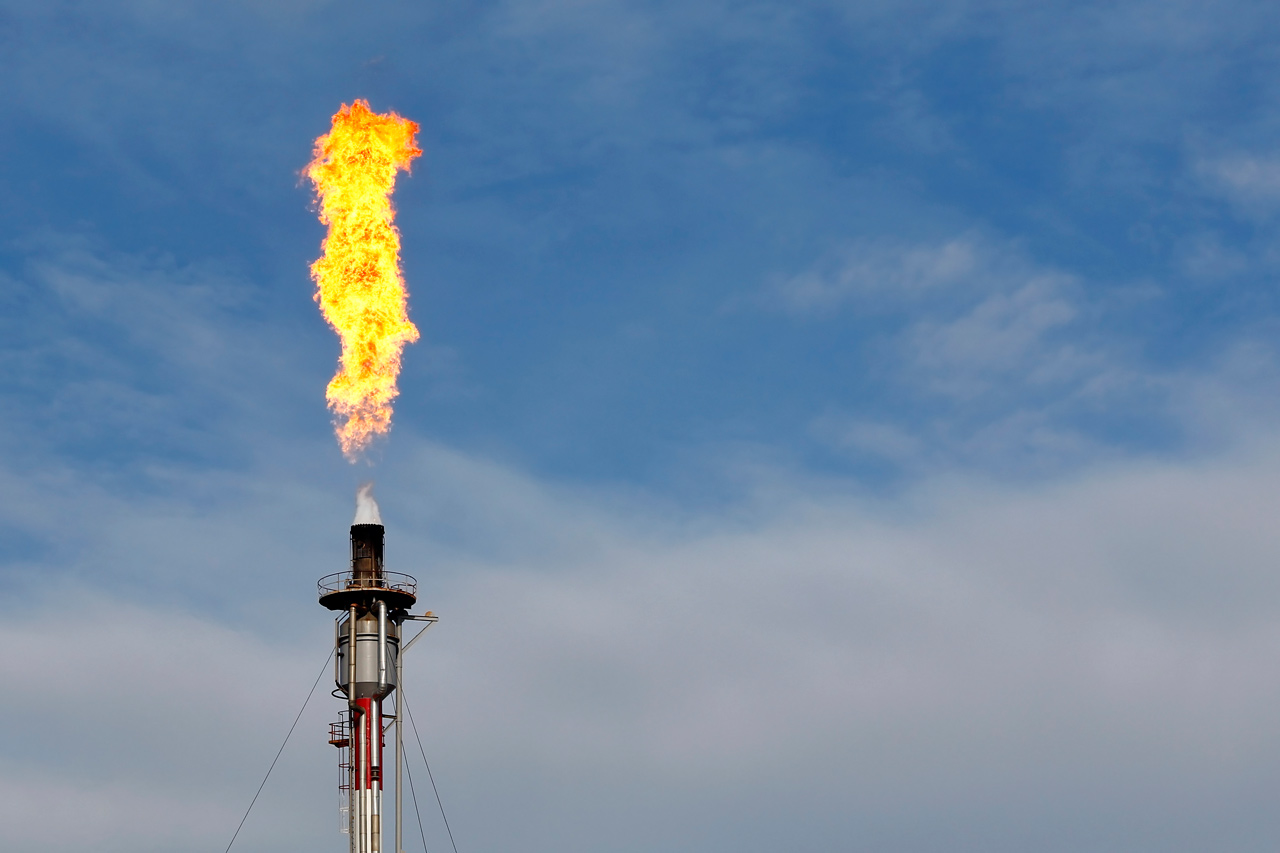Projects
For any suggestion, comment or sponsorship proposal please contact us in the following address or phone number:
01
Main Projects
Carbon capture and storage (CCS)
BASF
Carbon capture and storage (CCS) is a technology in which a stream consisting mainly of carbon dioxide (CO2) from industrial sources is separated, purified and transported to a long-term storage location. Typically, the carbon dioxide stream that is to be captured can result from burning fossil fuels or biomass. In the post-combustion capture technology, usually the CO2 is captured from large producers, such as a chemical, cement or other industrial plant, by means of scrubbing techniques. It is then compressed, purified, dried and transported by pipeline, ship, rail or truck to be used in a range of applications, or injected into deep geological formations such as depleted oil and gas reservoirs or saline aquifers.
CCS offers the most cost-effective option in many regions for the decarbonisation of a number of hard-to-abate industries, including iron, steel and chemicals. Strict climate targets and increased policy support around the world has made this technology to gain significant importance.
JM Enginia has worked in the Kairos@C project. This is a remarkable project that aims to establish a cross-border CCS value chain to capture, liquefy, transport and permanently store CO2 in the North Sea. The CO2 will be captured from 5 production plants in Antwerp (Belgium). Kairos@C will use the export infrastructures which will be constructed at the port of Antwerp. The CO2 will be shipped at a storage site at the North Sea.

CCS is considered a key technology to reach net-zero 2050.
Kairos@C has received financial support from the European Commission through its Innovation Fund, after a very competitive selection process involving more than 300 applications. By avoiding 14.2 million tons of CO2 over the first 10 years of operation, it will significantly contribute to the EU’s goal of becoming climate neutral by 2050.
We have been deeply involved in the development of the process engineering design for a new unit of compression, purification (reactor) and drying in one of the CO2 emitters sites at the port of Antwerp. Due to this contribution, we have gain a very valuable knowledge and expertise in the field of CCS.
Some key figures:
- During the course of the project, a diverse and multicultural team has included several nationalities, languages and companies, all working towards a common goal.
- The CCS unit at BASF Antwerp site aims to reduce the CO2 emissions produced in two of its plants: ammonia and EO (ethylen oxide) plants.
- CO2 is compressed to a pressure of 35barg by using two different compression units.
- CO2 strong Joule-Thomson effect and corrosion at wet conditions are two of the important aspects to look at in this technology.
- The de-oxo reactor, with maximum operating temperature of 160C, uses a catalyst to remove oxygen and other contaminants and purify the CO2 stream from EO unit.
- Design capacity of the drying unit is 130 ton/hour of CO2
02
Main Projects
Emissions reduction: SOx Scrubber
Techniques for reducing emissions must be put in place to existing industrial installations in order to make them cleaner and mitigate global warming. JM Enginia has participated in the FCC1 SOx Scrubber project for one of our well known clients, TotalEnergies.
The project consists of a SOx scrubber and purge treatment unit. The SOx scrubber will remove SOx from the flue gas of FCC1 using NaOH and demin water as scrubbing liquor. The scrubber purge is further treated in a purge treatment unit before the purge is discharged into the environment. SOx scrubber and purge treatment unit are installed in different plot áreas of the refinery.
Some key figures:
- The SOx scrubber unit with purge treatment shall be designed for a capacity of 120000 Nm³/h of flue gas.
- A stack is required on top of scrubber. The required stack outlet height is determined according to the results of a dispersion calculation and will be at 70 m above ground.
- Upstream the scrubber, a new piece of duct piping will be installed by a different supplier. These additional works are necessary in order to re-route the flue gas to this new equipment. For this task, interface management services are provided.
03
Main Projects
Relief systems design
Our company has provided services in the design of safety relief valves and flare systems in several petrochemical units and/or projects for different clients.
Some key figures:
- Deep knowledge of API Standards 520, 521, 2000.
- Strong expertise using Aspen Flarenet software.
- Knowledge gained in the analysis of relief scenarios, safety valves and flare KO drums design.




